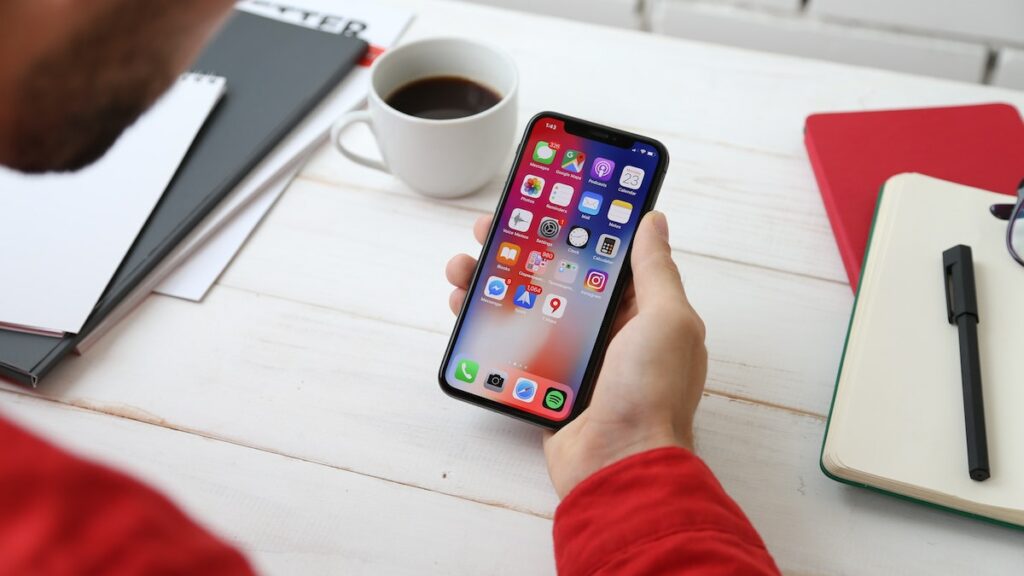Device ID Targeting and Geo Fencing
marketing allow advertisers to identify customers and target them accordingly.
This method uses location data and other information from users' purchase
history, web browsing behavior, and online activity to determine specific user
demographics. These data enable marketers to target a specific market with
specific offers and promotions. They can also target a specific geographic
region, like a city or a neighborhood.
Cost-effectiveness
Device ID targeting and geofencing
marketing allow marketers to reach customers in a specific area using specific
devices. For example, a local apartment complex can target a physician's
parking lot with ads that highlight the short commute and a special discount
for employees. This targeted marketing strategy has helped the apartment
complex sign new leases.
However, geofencing is not much
costly. Companies that offer geofencing services charge various amounts per
month. These services are typically provided by a marketing platform. Companies
charged for geofencing services use mobile network triangulation to determine
where customers are. This allows marketers to send push messages to these
consumers, re-direct them to competitors' venues, and deliver targeted ads.
There are various reasons people are moving forward goe fencing marketing.
Geo fencing marketing can also be
used to build custom audiences. A popular example of this is Uber, which uses
geofencing to send push notifications to users leaving airports. This helps
businesses to build their customer base and increase loyalty. Moreover,
geofencing helps advertisers target their audience more effectively and
efficiently, allowing them to better leverage the potential of location-based
marketing.
Using geofencing, a brand can reach
consumers who are likely to buy from them. A geofencing radius of four to five
minutes is a good starting point. This allows marketers to create a more
targeted customer experience and generate a better return on investment.
Used
For Advertising
Device ID targeting and geo fencing
can be used for advertising, but geo fencing marketing cannot distinguish
between consumers who are already in a certain location and those who are
visiting after seeing an ad. Therefore, marketers must make educated guesses
about their ad's effectiveness. This is especially crucial when marketers are
working with limited budgets.
With geofencing, marketers can
track consumer behavior and increase brand engagement. This marketing method
works well for retailers and restaurants since geofencing allows them to target
consumers near their location. By setting up geofences around specific areas,
marketers can learn about consumer behaviors and track foot traffic patterns.
This data can then be used to improve their geo fencing marketing campaigns.
By targeting consumers by location,
geofencing marketing allows marketers to deliver personalized content. For
example, a beverage shop can advertise its products at an event to target
consumers who are already there. Geo fencing marketing also allows marketers to
target consumers by age group and demographic.
Also Read:- Top Secret Brand Awareness Techniques You Must Know
Device ID Targeting and Geofencing
allows advertisers to better target customers in their location. This
technology uses mobile devices' GPS and Bluetooth capabilities to determine
when a user enters or exits a certain location. This allows advertisers to
serve ads to those customers who are most likely to engage with their ads. Geo
fencing marketing also enhances loyalty campaigns and strengthens rewards
programs.
Micro-targeting
Geofencing and Device ID targeting
can improve your marketing strategy by providing accurate and targeted
targeting. Both methods rely on device-specific data rather than assumptive
location data. This ensures better accuracy and more effective efficiency. As
for device-specific data, Device ID allows you to capture device locations as
far back as six months and as recently as three days ago.
The technology behind geofencing combines location data with online behavior and purchase history to offer personalized promotions. It can also be used to identify people who visit specific locations. As a result, geo fencing marketing allows you to customize promotions and personalize the customer experience.
Geofencing and Device ID Targeting
can be combined with other marketing channels. These strategies can target
people who fit your ideal customer profile and are in your target market.
Geofencing is particularly useful in industries with high customer lifetime
value and long purchasing cycles, but can also complement other forms of
advertising, including direct mail and TV placement.
Geofencing can be especially
helpful for local businesses, as it can offer an online presence for customers
in their community. However, only a small percentage of customers will use
these services regularly. However, every client appreciates the feeling of
being recognized and recognizable. Device ID Targeting and Geo Fencing marketing help advertisers understand their audience and determine what type of
promotion they should be running.
Target
Targeted Audiences
With device ID Targeting and Geo
Fencing, marketers can target targeted audiences based on location and device
location. By requesting device location data before ad impressions, geofencing
providers can verify ad placement. This data can help marketers target
customers by specific postcodes, location names, and designated market areas.
Geofencing is a powerful
location-based marketing strategy that can help businesses gain a competitive
edge. With geofencing, marketers can use location data to create targeted ad
campaigns, which can lead to increased customer loyalty. Geofencing is also
available for mobile devices, tablet devices, and desktops.
Device ID Targeting and Geo Fencing
marketing technology can alert sellers and sales personnel when a customer
enters a store. This can boost sales and engagement on social media channels.
It can also be used to monitor employee behavior on work premises and restrict
access to certain areas.







No comments:
Post a Comment
Thanks For Your Feedback